Industrial
symbiosis.
A powerful tool for the practical application
of circular economy concepts within
the business ecosystem of a region.
More about Circular economy
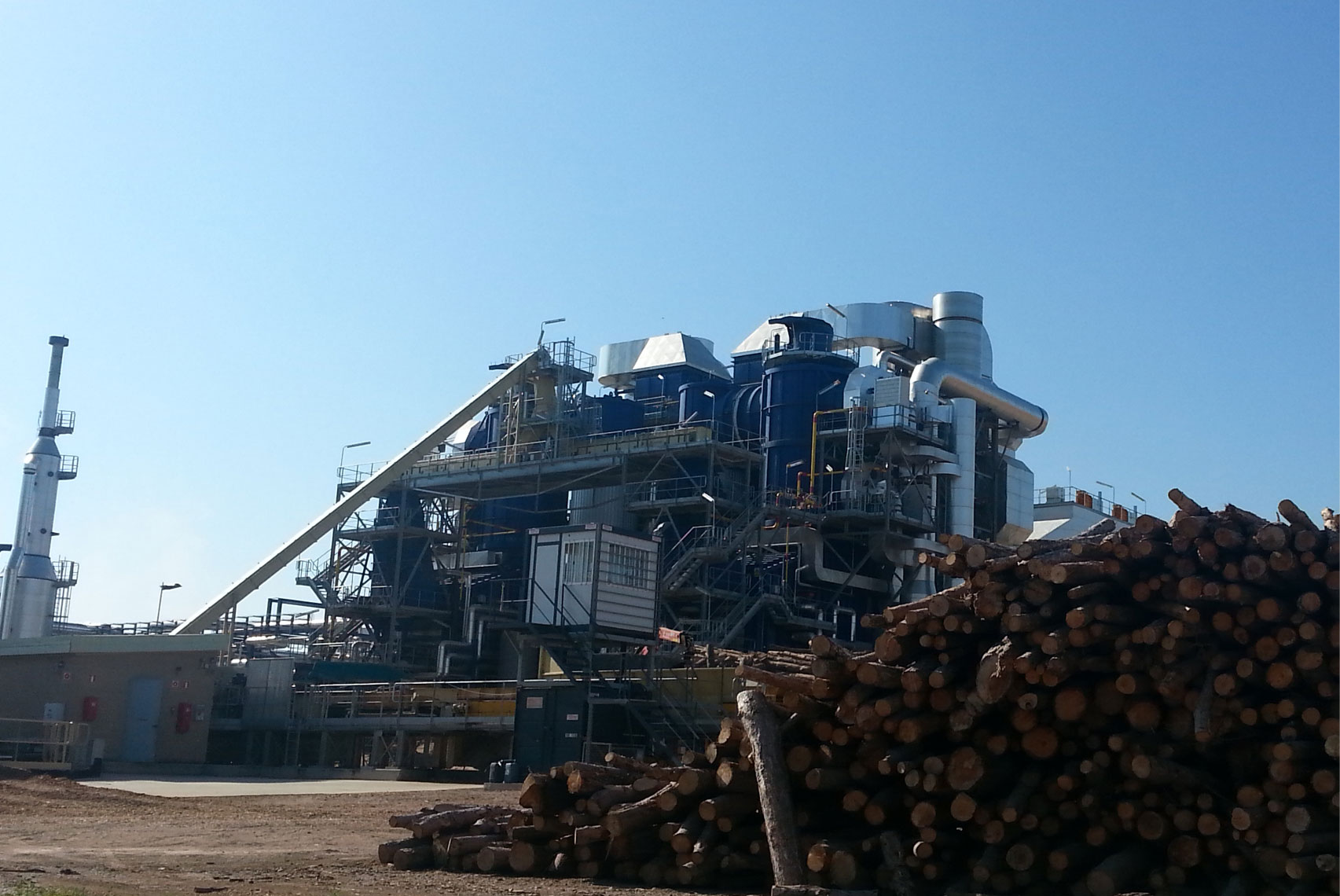



1. What is industrial symbiosis?
Industrial symbiosis is a business strategy
that encourages collaboration between
previously unrelated companies to create
new business opportunities from surplus
resources, exploring innovative ways to
implement them.
Industrial symbiosis enables companies to resolve inefficiencies in managing unused resources by transforming them into new business opportunities.
Industrial symbiosis creates an interconnected network that provides a significant opportunity for companies to collaborate in finding sustainable and profitable solutions to eliminate waste. This not only enhances the competitiveness of industries but also paves the way for cities and regions transitioning toward a circular economy.

Intersectoral systemic vision
This requires approaching industry with a systemic view of the industrial environment and resource management through an intersectoral lens. It involves viewing industries as part of an industrial ecosystem, where surplus resources are exchanged for more efficient use: one company’s waste can become another company’s raw material.
Ecosystem of companies in the industrial symbiosis project of Plaine du Var (France)

The basic concept of industrial symbiosis is:
“One industry’s waste can be another’s resource.”
Types of resources
or SURPLUS RESOURCES
UNUSABLE RESOURCES
(by-products, waste)
WASTED RESOURCES
(heat)
SHAREABLE RESOURCES
(warehousing, transportation)
UNUSED RESOURCES
(rainwater)
2. Examples of industrial symbiosis projects.
The best way to understand an industrial symbiosis project is by analyzing real-life case studies.
3. Examples of synergies between companies.
Within territorial industrial symbiosis projects, synergies between companies and business opportunities from surplus resources emerge, some of which are summarized below:
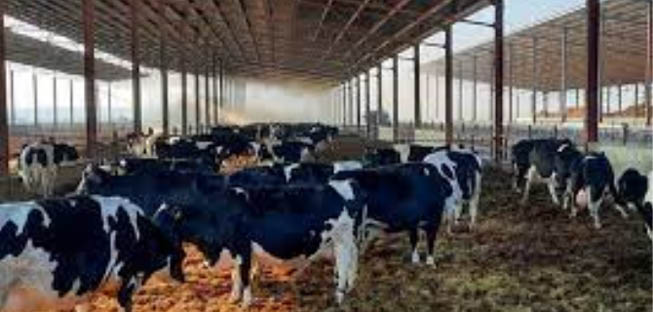





From fired chamotte waste
from the ceramic industry
to construction blocks


From fruit waste from a juice factory to energy bars


From the plastic coating
of electrical cables
to bike lane separators


4. Why should COMPANIES participate in industrial symbiosis projects?
They learn how to be more efficient in the use of their resources (therefore, making them more competent.
They become more familiar with and connected to their local environment and value chains, promoting collaboration, especially in areas related to resources (materials, water, energy).
5. Why should TERRITORIES
support industrial symbiosis
projects?
It enhances the security of material and energy supply.
It reduces the carbon footprint and contamination of the territory.
It promotes business partnerships and the relationship between companies and the administration.
Public administrations can participate in projects in various ways:
Actively driving industrial symbiosis projects by acting as a facilitating entity and funding initiatives.
Being a “partner” in projects by contributing with territorial development strategies, such as adapting the regulatory framework, investing in infrastructure, offering tax incentives, promoting collaboration, or educating/informing citizens.
Promote own circular economy projects (public or public-private) such as public procurement, municipal energy strategy, potable water supply services, wastewater treatment and management, etc.
6. Implementation methodology.
3 Steps towards industrial symbiosis
Our industrial symbiosis projects are
structured through three independent
and sequential phases.
This approach allows for addressing an
industrial symbiosis project in a straightforward
and staged manner, moving to the next phase
only if the results of the previous one support it.

IMPLANTATION
OF AN INDUSTRIAL
SYMBIOSIS PROJECT
3 Phases.
Independent
and sequential
1.
Discover
the potential
Identify and quantify agro-industrial and urban waste that can potentially be converted into resources through industrial symbiosis, and determine the potential partners for this process.
2.
Impacts of symbiosis
What economic, environmental,
and social benefits would be gained
if the identified opportunities were
implemented?
3.
Implementation of the
industrial symbiosis project.
The synergies are implemented
and the industrial symbiosis project
is launched.
7. Mapping of material, energy, and waste flows: SYNER.
In Símbiosy, we perform this mapping using SYNER. With just a few clicks, it allows us to: >> Identify on maps >> Quantify with estimates SYNER is based on a system of coding and mathematical algorithms derived from successful cases and data processing, which allows for estimating hard-to-obtain data and identifying companies.

Resource mapping helps solve questions such as:
Which companies generate
surplus resources?
What can be done with them?
Who are the key stakeholders for implementing a circular economy project?
Where to place, for example, a biogas plant, an energy community, or a biochar facility?
8. The role of the industrial symbiosis project facilitator.
The vast majority of industrial symbiosis projects are facilitated, meaning they require a team of people working to identify opportunities, raise awareness of the benefits, and promote exchanges.
The industrial symbiosis facilitator is a professional responsible for leading the analysis of industrial ecosystems, with the ability to identify and promote synergies between companies in different sectors, as well as capitalize on the benefits of circular economy and its implementation.

TASKS OF THE FACILITATOR
Facilitate contacts, communication, and exchange between companies.
Inform companies about the legal context and available opportunities.
Develop control systems.
Propose business models for industrial symbiosis.
Monitor and implement circular business models.

Become an industrial simbiosis and circular economy FACILTATOR!
Train with us

9. Tools for industrial symbiosis.
Industrial symbiosis is a highly cross-disciplinary field that requires the management and processing of large amounts of diverse data and information.
We offer professionals and companies a range of digital tools and online resources to support and assist with industrial symbiosis projects:

Synergy platform
Syner
Mapping of resource flows:
What surplus resources?
Which companies generate them?
Where do they end up? What can be done with them? With what companies?
Link to the platform
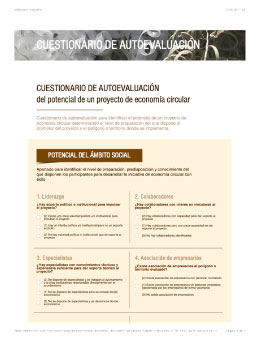
Self-evaluation questionnaire
Self-assessment questionnaire on the territory’s readiness level to start an industrial symbiosis project.
Download the questionnaire

Ecoefficiency avaluation
Evaluation of the eco-efficiency level of the agroindustrial zones towards circular economy
Download the program

Software for managing industrial symbiosis projects.
Software for tracking and managing companies and industrial symbiosis projects
Link to website
10. FAQs.
1. What types of waste or by-products can be exchanged in industrial symbiosis?
Industrial Symbiosis is not only about recycling waste; it includes all types of wasted resources (water, energy, space, logistics, and solid waste). However, some materials are easier to exchange than others. Among the most common are packaging, rubber and tires, plastic production scraps, hot water/air, and organic waste.
2. What types of industries and sectors typically participate in industrial symbiosis projects?
All types of industries and sectors participate in industrial symbiosis projects, including the agricultural and forestry sectors, energy companies, and waste and water management, as well as the food, manufacturing, chemical, and construction industries. The more companies from different sectors involved, the richer the industrial ecosystem becomes, and the more synergy opportunities arise.
In addition, industrial symbiosis should involve government institutions, academia, and local business associations that strengthen and provide consistency to the governance model, maximizing the territorial development benefits that industrial symbiosis projects bring.
3. What are the key elements for establishing a successful industrial symbiosis network?
• Create inclusive work networks and trust-based environments
• Have a team of facilitators to drive identified opportunities
• Establish a legislative framework that supports industrial symbiosis
• Use tools and programs for managing industrial symbiosis data
• Train companies, public administration, and participants in key concepts of the circular economy and industrial symbiosis
• Focus on opportunities with significant impact
• Innovate through demand-driven solutions
• Provide ongoing support
4. What economic benefits can companies gain by participating in industrial symbiosis? And regions or territories?
Companies can gain economic benefits by participating in industrial symbiosis projects by reducing the costs of raw materials, energy, and waste disposal. This is achieved through the use of by-products from other companies and by improving process efficiency. Additionally, they can capitalize on new business opportunities or research lines that emerge.
For regions, industrial symbiosis presents an incredible opportunity to improve resource efficiency (primary production, waste, wastewater, surplus energy, etc.), fostering sustainable economic development: new businesses, new jobs, reduced pollution, greater resilience, more education, and awareness.
5. What role do government authorities and non-governmental organizations play in promoting industrial symbiosis?
Government authorities and non-governmental organizations play a crucial role in promoting industrial symbiosis by providing institutional support and involvement in three key areas:
• Governance
• Regulation and legislative adaptation
• Investment in new public or private infrastructure (support for innovation and development)
6. How is the positive environmental impact of industrial symbiosis assessed and quantified?
The positive environmental impact of industrial symbiosis is assessed through life cycle analyses, environmental footprint evaluations, and other methods that measure the reduction of emissions, resource conservation, and waste minimization.
7. Is a waste manager necessary to repurpose surplus resources?
Not always; in the case of waste, there is the figure of the by-product, which does not require a waste manager and can be used directly between the donating and receiving companies. For other types of resources such as surplus water and energy, shared spaces, etc., transactions can also occur directly between companies without involving waste management intermediaries.
8. What is the difference between a by-product and waste?
It varies according to the legislation of each country, but in general terms, WASTE is any substance or object that its owner discards and that requires a waste management provider for its handling and treatment. A material or object can be considered a BY-PRODUCT (and not waste) if it can be reused directly in other processes without undergoing further transformation beyond normal industrial practices, and therefore, it does not require a waste management provider.
9. What are the geographical limits of transactions in industrial symbiosis?
Industrial symbiosis knows no boundaries; transactions can occur within the limits of the ecosystem or beyond and may involve both current network/ecosystem members and new participants (with the primary criteria being resource valorization).
The goal of an industrial symbiosis projects is to bring added value to the companies within the ecosystem, but if external companies are necessary to achieve this, they are also included.
10. How are industrial symbiosis opportunities identified in a specific area or region?
• First, it’s essential to MAP the resources and by-products generated by companies: identify what resources are produced, who generates them and where, their current destination, and existing treatment infrastructures.
• Second, it’s necessary to ESTIMATE the quantities, characteristics, and properties of these resources.
• Third, find matches (SYENRGIES) between the resources generated by some companies and the needs of others.
At SÍMBIOSY, we carry out this identification through SYNERplatform, a program that connects companies by their surplus resources using a coding system and mathematical algorithms based on success stories and data processing.
11. Learn more.
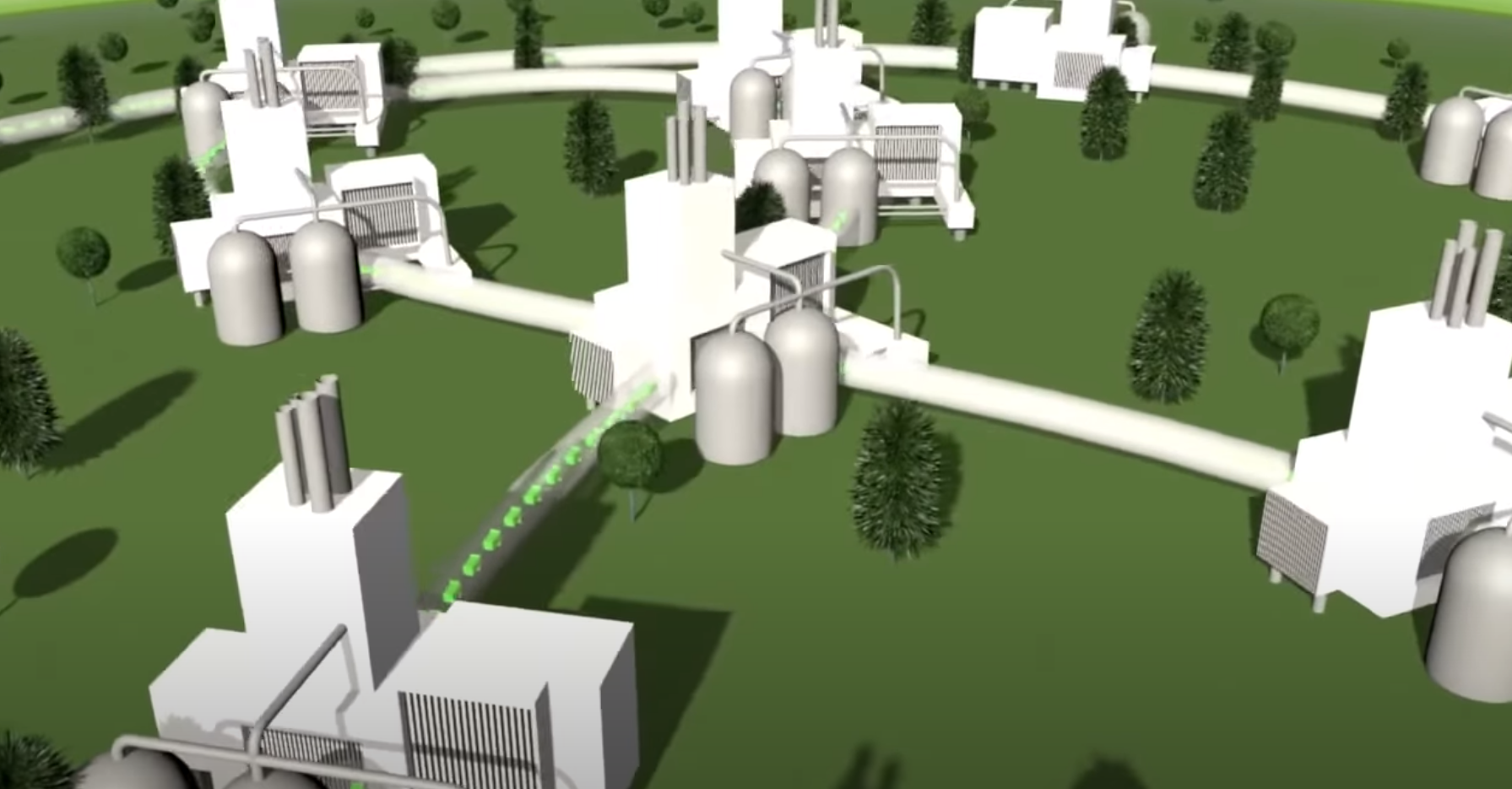
Vídeo ilustrativo sobre simbiosi industrial en Kalundborg.
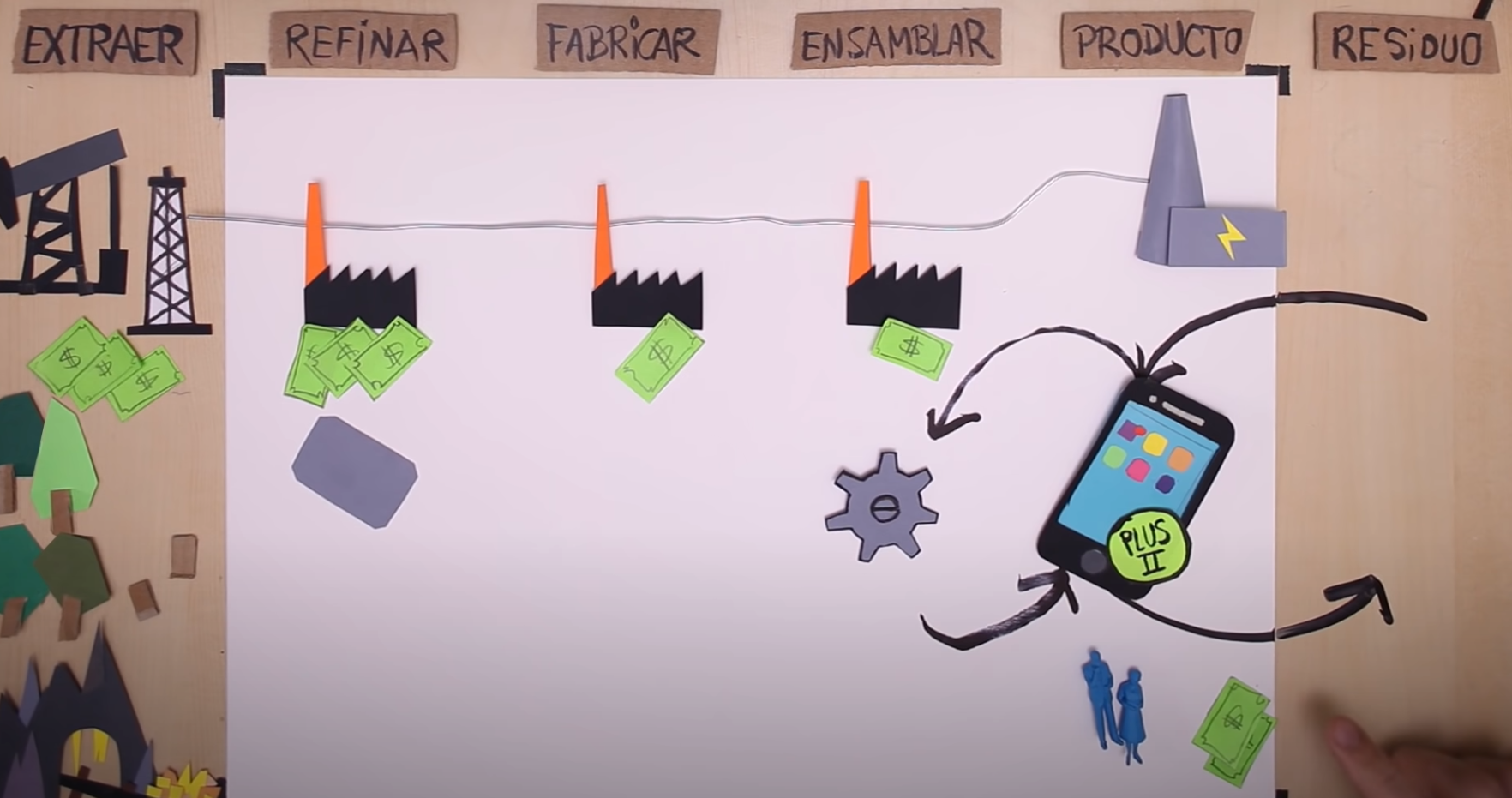
¿Qué es la economía circular?
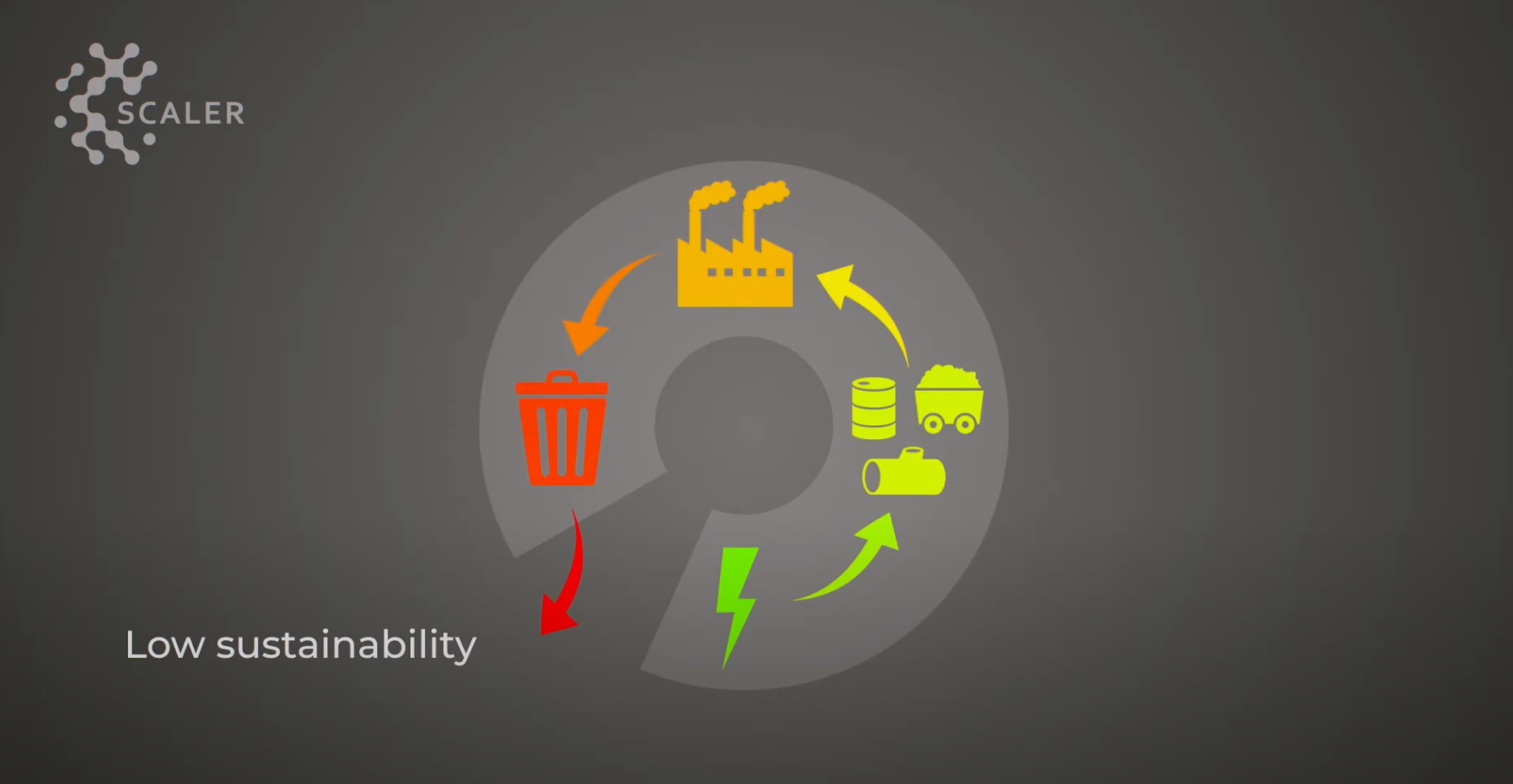
Introduction to industrial symbiosis. SCALER project.

Manual SIMBIOSY de simbiosis industrial
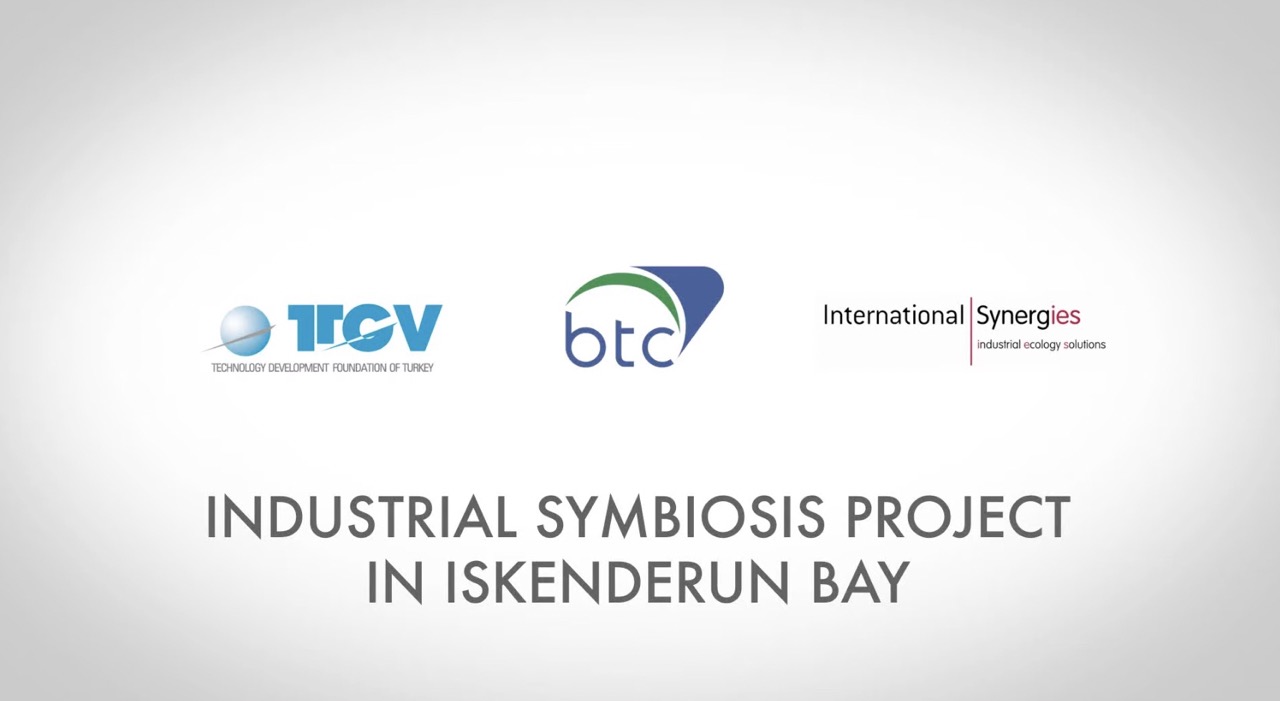
Industrial Symbiosis Documentary
Self-assessment of eco-efficiency.
The eco-efficiency self-assessment tool for industrial zones is an easy-to-manage tool designed for industrial zone managers. It helps assess the current state and identify potential sustainability improvements within the zone, serving as a starting point for future certification systems.
This is a questionnaire with simple response options (yes/no or a quantitative rating from 1 to 5) which you can fill out by downloading the Excel file.
The questionnaire is divided into 5 thematic areas, one per sheet (SOCIAL ASPECTS AND COMMUNICATION, RESOURCE MANAGEMENT, INFRASTRUCTURE AND SERVICES, ENVIRONMENTAL INTEGRATION AND URBAN PLANNING). It is essential to be as honest as possible to ensure it is useful for you. Please try to answer all the questions.
Once you have completed and sent us the survey, we will return it to you with the results on a scale from 1 to 100. You will receive an overall rating as well as 5 thematic ratings, both numerical and graphical (spider chart). Along with the results, you will also receive a summary of automatic improvement suggestions to help you increase your sustainability score.
Please send the completed survey to the email address: simbiosy@simbiosy.com, and we will return the validated and scored results to the email address from which you sent it.
Thank you for your interest.



